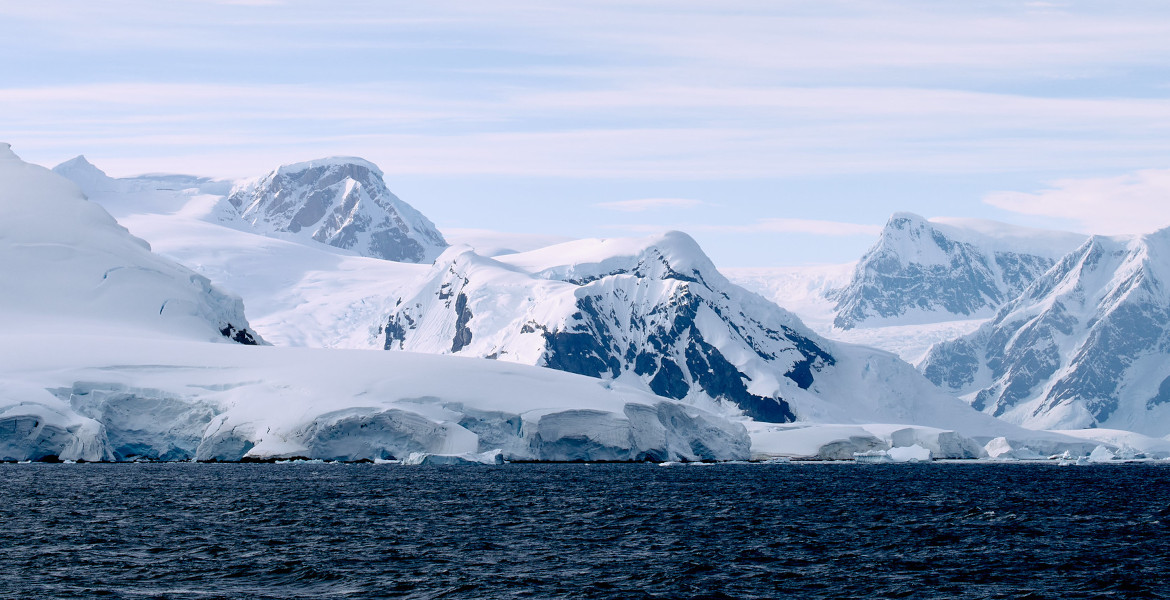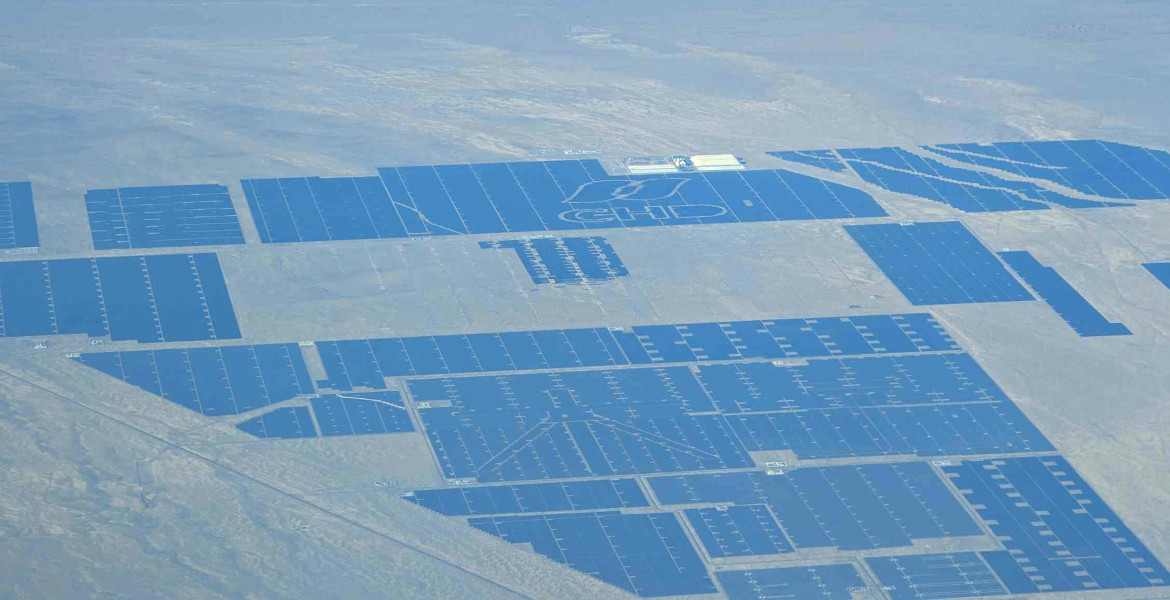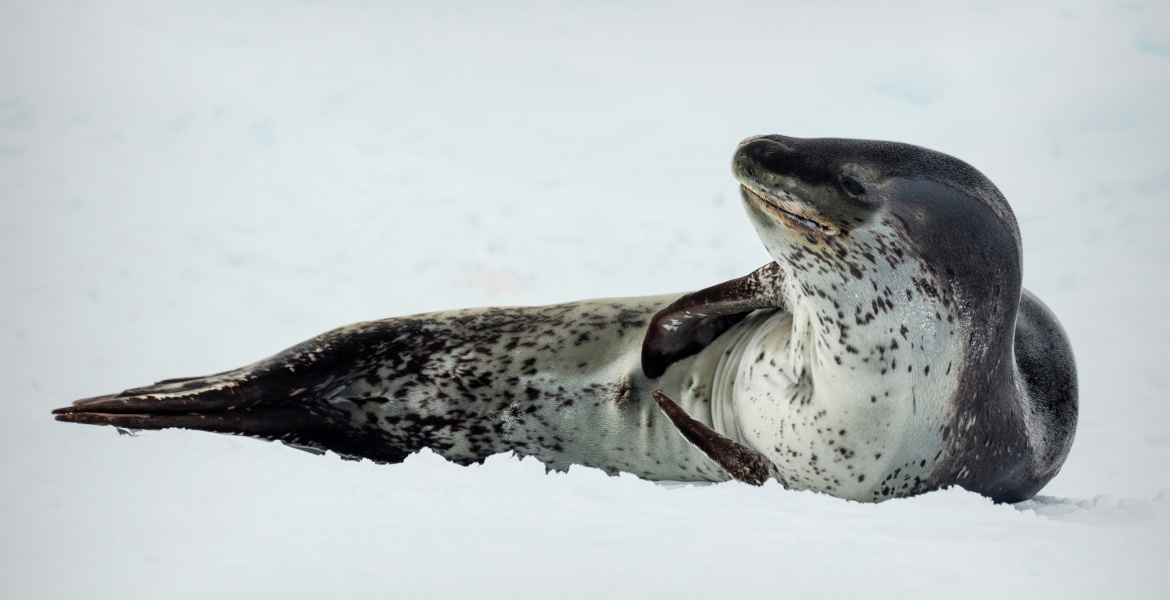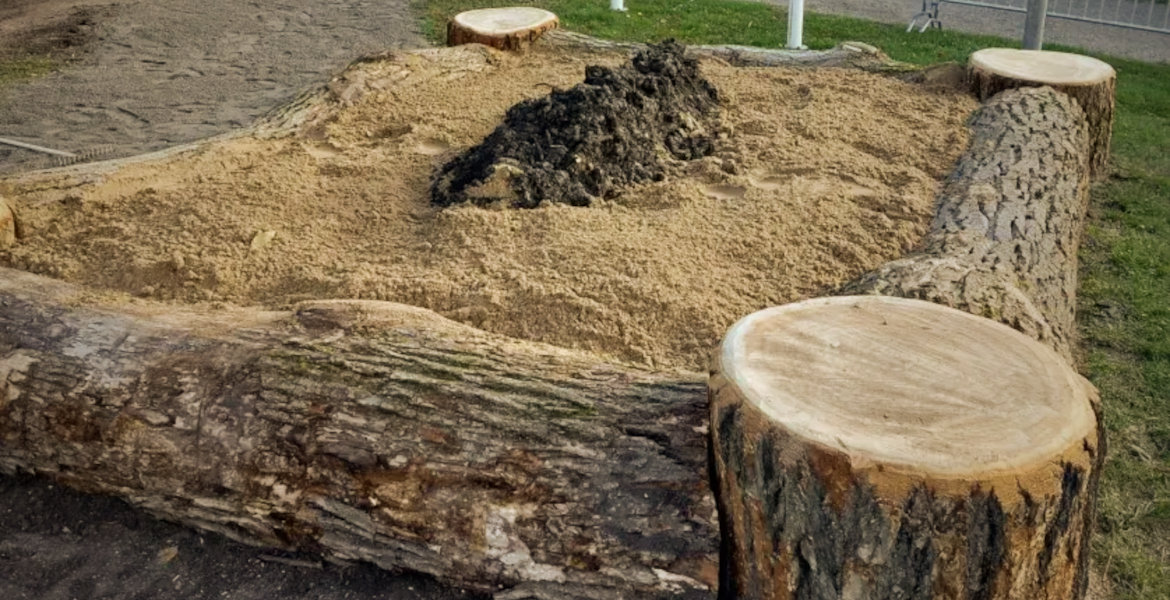The mating calls, or songs, of leopard seals resemble human nursery rhymes and lullabies, new analyses show. Among other things, the song is reminiscent of "Baa, Baa, Black Sheep".
Leopard seals live in Antarctica where they mostly spend their time hunting penguins or relaxing on the floating sea ice. They can grow nearly four meters long and weigh between 300 and 500 kilograms. Males also have another repetitive occupation – and that is to find a female to mate with. To do this, the males "sing" when they are underwater. They do this every day from late October to early January.
Males can sing for up to 13 hours per day. Females also sing, but only for a few days a year when they are in heat.
— It’s big business for them. They’re like the songbirds of the Southern Ocean. During the breeding season, if you drop a hydrophone into the water anywhere in the region, you’ll hear them singing, says Professor Tracey Rogers, from the University of New South Wales (UNSW), in a press release.
Now researchers have analyzed recordings of the male seals' songs to better understand their structure and patterns. There they discovered that the structure of leopard seal songs resembles nursery rhymes or lullabies.
"Baa, baa, black sheep"
In total, songs from 26 different males were studied and it was found that the sounds were very similar in pitch and length, but that the order and pattern in which the sounds were emitted varied considerably between individuals.
"We think this is a deliberate strategy. While leopard seals are solitary animals, the males need their call to carry clearly across vast stretches of icy ocean, to woo a mate", the researchers write in Science Direct.
The researchers compared the song with several different styles of human music and discovered that it consisted of five key notes. What also stood out were the similarities between the predictability of nursery rhymes and leopard seal calls. Nursery rhymes are characterized by being simple, repetitive and easy to remember, something that the seals' songs also were.
Among other things, they found similarities with the well-known rhymes "Twinkle, Twinkle, Little Star", "Baa, Baa, Black Sheep" and the classic "Rock-a-bye Baby". The simple melodies likely make it possible for the male leopard seal to continue singing his unique mating call for several days, which is important to avoid changes in pitch or frequency as this could create misunderstandings among other leopard seals.
— It’s the order and pattern that matters. They’ve stylised it to an almost boring degree, which we think is a deliberate strategy, so their call carries a long distance across the ice, says Professor Tracey Rogers.





